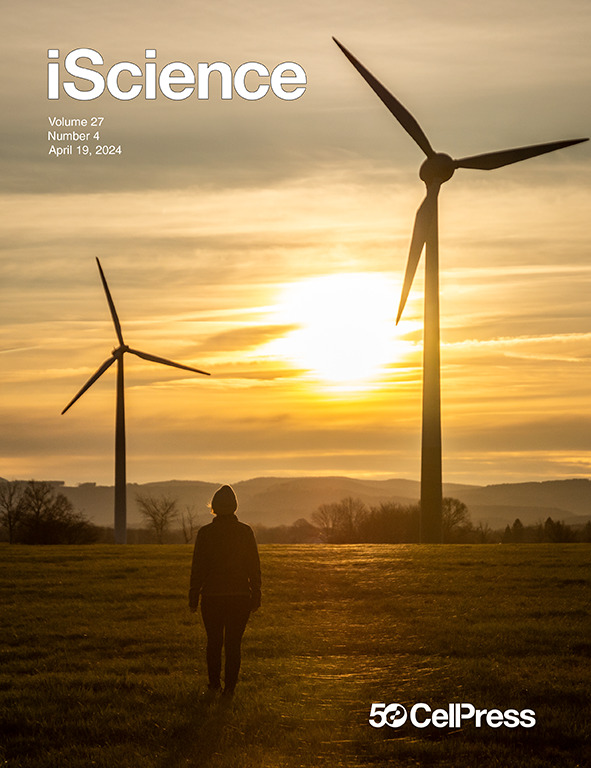Linking new information to a short-lasting memory trace induces consolidation in the hippocampus
IF 4.6
2区 综合性期刊
Q1 MULTIDISCIPLINARY SCIENCES
引用次数: 0
Abstract
Novelty often influences the retention of nearby weak and transient memory traces, yet its precise role in shaping long-term memory storage remains elusive. Here, we demonstrate that a short-lasting memory is stabilized into a long-lasting one when new information is linked to the weak mnemonic trace in rats, resulting in the formation of long-term memories that are recalled together. An increased overlap between neuronal ensembles and de novo protein synthesis in the dorsal CA1 region of the hippocampus (dCA1) mediates this process. This intricate interconnectedness relies on both temporal and contextual relations between experiences, enhancing the adaptive value of memory consolidation. Finally, this phenomenon is negatively affected by aging, which is associated with reduced ensemble size after novelty exposure and diminished overlap between ensembles in aged dCA1. These findings provide valuable insights into the selectivity and malleability of memory consolidation and its decline during aging.

将新信息与短暂记忆痕迹联系起来可诱导海马体巩固记忆
新奇感往往会影响附近微弱和短暂记忆痕迹的保持,但它在形成长期记忆存储中的确切作用却仍然难以捉摸。在这里,我们证明了当新信息与大鼠的弱记忆痕迹相联系时,短时记忆会稳定为长时记忆,从而形成一起回忆的长期记忆。海马背侧CA1区(dCA1)的神经元组合和新蛋白质合成之间的重叠增加介导了这一过程。这种错综复杂的相互联系依赖于经验之间的时间关系和情境关系,从而提高了记忆巩固的适应价值。最后,这种现象会受到衰老的负面影响,衰老与暴露于新奇事物后的集合规模缩小以及衰老的 dCA1 中集合之间的重叠减少有关。这些发现为了解记忆巩固的选择性和可塑性及其在衰老过程中的衰退提供了宝贵的见解。
本文章由计算机程序翻译,如有差异,请以英文原文为准。
求助全文
约1分钟内获得全文
求助全文
来源期刊

iScience
Multidisciplinary-Multidisciplinary
CiteScore
7.20
自引率
1.70%
发文量
1972
审稿时长
6 weeks
期刊介绍:
Science has many big remaining questions. To address them, we will need to work collaboratively and across disciplines. The goal of iScience is to help fuel that type of interdisciplinary thinking. iScience is a new open-access journal from Cell Press that provides a platform for original research in the life, physical, and earth sciences. The primary criterion for publication in iScience is a significant contribution to a relevant field combined with robust results and underlying methodology. The advances appearing in iScience include both fundamental and applied investigations across this interdisciplinary range of topic areas. To support transparency in scientific investigation, we are happy to consider replication studies and papers that describe negative results.
We know you want your work to be published quickly and to be widely visible within your community and beyond. With the strong international reputation of Cell Press behind it, publication in iScience will help your work garner the attention and recognition it merits. Like all Cell Press journals, iScience prioritizes rapid publication. Our editorial team pays special attention to high-quality author service and to efficient, clear-cut decisions based on the information available within the manuscript. iScience taps into the expertise across Cell Press journals and selected partners to inform our editorial decisions and help publish your science in a timely and seamless way.
 求助内容:
求助内容: 应助结果提醒方式:
应助结果提醒方式:


